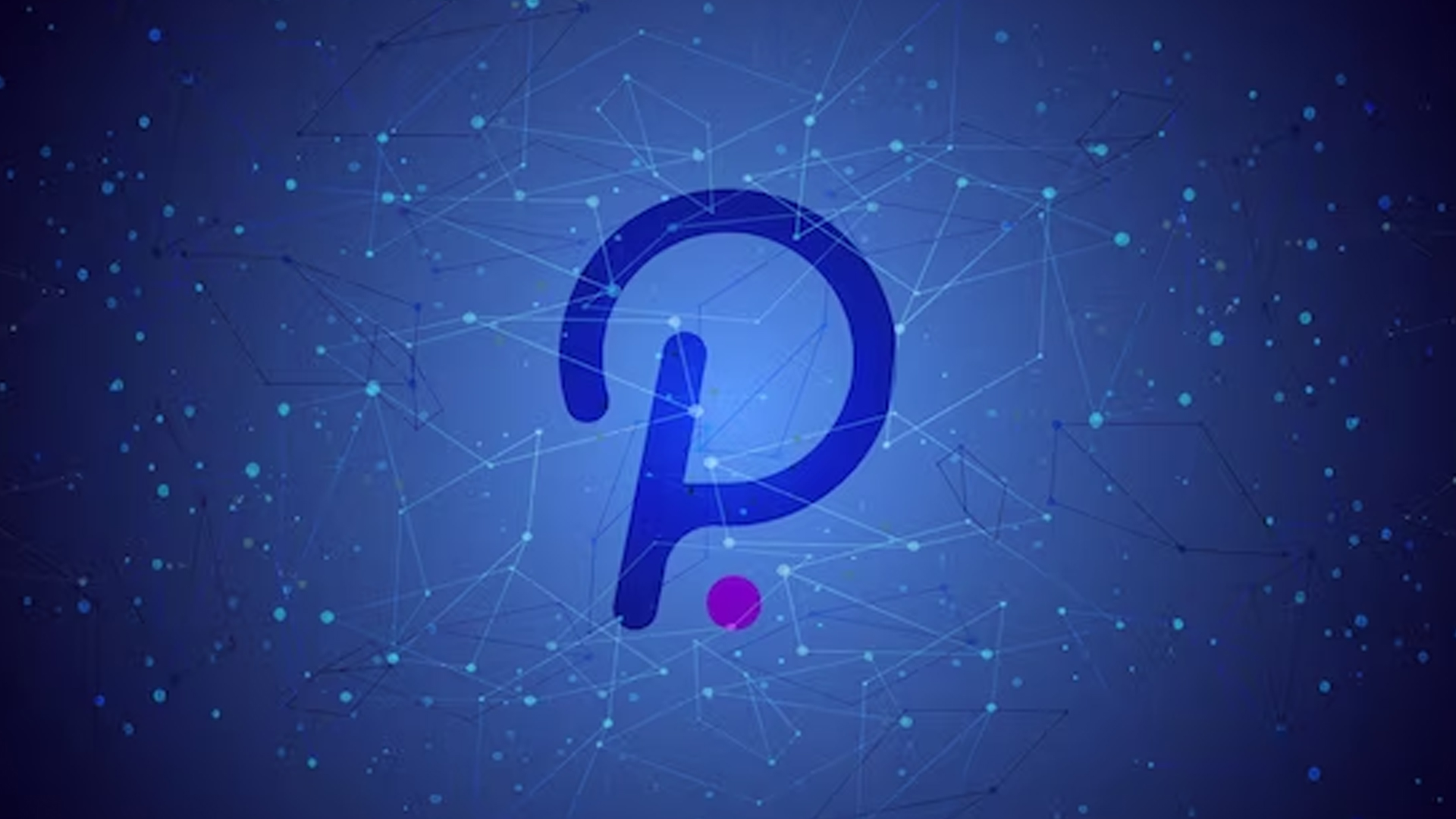
Polkadot Crypto: A Disruptive Force in the Cryptocurrency Market
- The Polkadot functions on a proof-of-stake consensus mechanism that protects the network.
- Polkadot’s disruptive characteristics include interoperability, cross-chain communication, etc
Polkadot is a protocol that links blockchains, enabling the transfer of wealth and data between previously incompatible networks (such as Bitcoin and Ethereum). It is also intended to be quick and flexible. The DOT cryptocurrency, which can be purchased or sold on Coinbase and other exchanges, is used for governance and staking.
Like many post-Bitcoin cryptocurrencies, Polkadot is both a decentralised protocol and a token that can be purchased or traded on exchanges like Coinbase.
How Does Polkadot Function?
As many parachains help the main relay chain with a lot of the heavy labor, Polkadot is able to analyse all of this data. As a result, compared to around 7 for Bitcoin and 30 for Ethereum, the Polkadot network can execute more than 1,000 transactions per second. Polkadot should become faster as the network expands and more parachains are added, with rates that might reach a million transactions per second.
As opposed to the proof-of-work system used by Bitcoin, Polkadot uses a proof-of-stake consensus mechanism to protect the network, validate transactions, and create and distribute additional DOT. DOT holders can interact with the staking mechanism in a variety of ways, depending on how much time, money, and technical expertise they choose to invest.
The most effort is made by the validators; it is time-consuming and technical in nature. One must maintain a node (one of the computers that make up the network) with little to no downtime and stake a sizable portion of their own DOT in order to become a validator.
Outline Of Polkadot’s Disruptive Characteristics
- Interoperability and Cross-Chain Communication
Polkadot’s capacity to join various blockchains into a single network constitutes its main source of innovation. It makes it possible for several blockchains to interact and exchange data with one another, enabling interoperability. The Polkadot Relay Chain, which serves as a focal point for connecting numerous parachains (separate blockchains) within the ecosystem, enables this cross-chain communication. By allowing the transfer of assets and data between different chains, this interoperability eliminates the compartmentalised structure of conventional blockchains and promotes a more connected and effective ecosystem.
- Performance and Scalability
Polkadot tackles one of the main issues that many blockchain networks encounter: scalability. It uses a shared security approach to connect many parachains to the Polkadot network, improving scalability without sacrificing security. While gaining from the security offered by the Relay Chain, each parachain can specialise in a particular task, such as smart contracts, decentralised finance (DeFi), or data storage. Polkadot can execute numerous transactions at once thanks to this scalable architecture, which improves performance and throughput.
- Governance and Upgradability
Polkadot presents a distinctive governance approach that enables stakeholders to take part in decision-making processes. Holders of the DOT token can vote on proposed upgrades, adjustments to network parameters, and even the addition or exclusion of parachains. The community is given more power by this governance framework, which also guarantees a decentralised network evolution. Additionally, it enables smooth upgrading.
Conclusion
The capacity of Polkadot to address important blockchain-related problems like interoperability, scalability, and governance is what gives it disruptive potential. Polkadot presents a viable architecture for creating decentralised applications and launching the subsequent wave of blockchain adoption and creativity by tying together various chains, encouraging invention, and facilitating frictionless communication.
